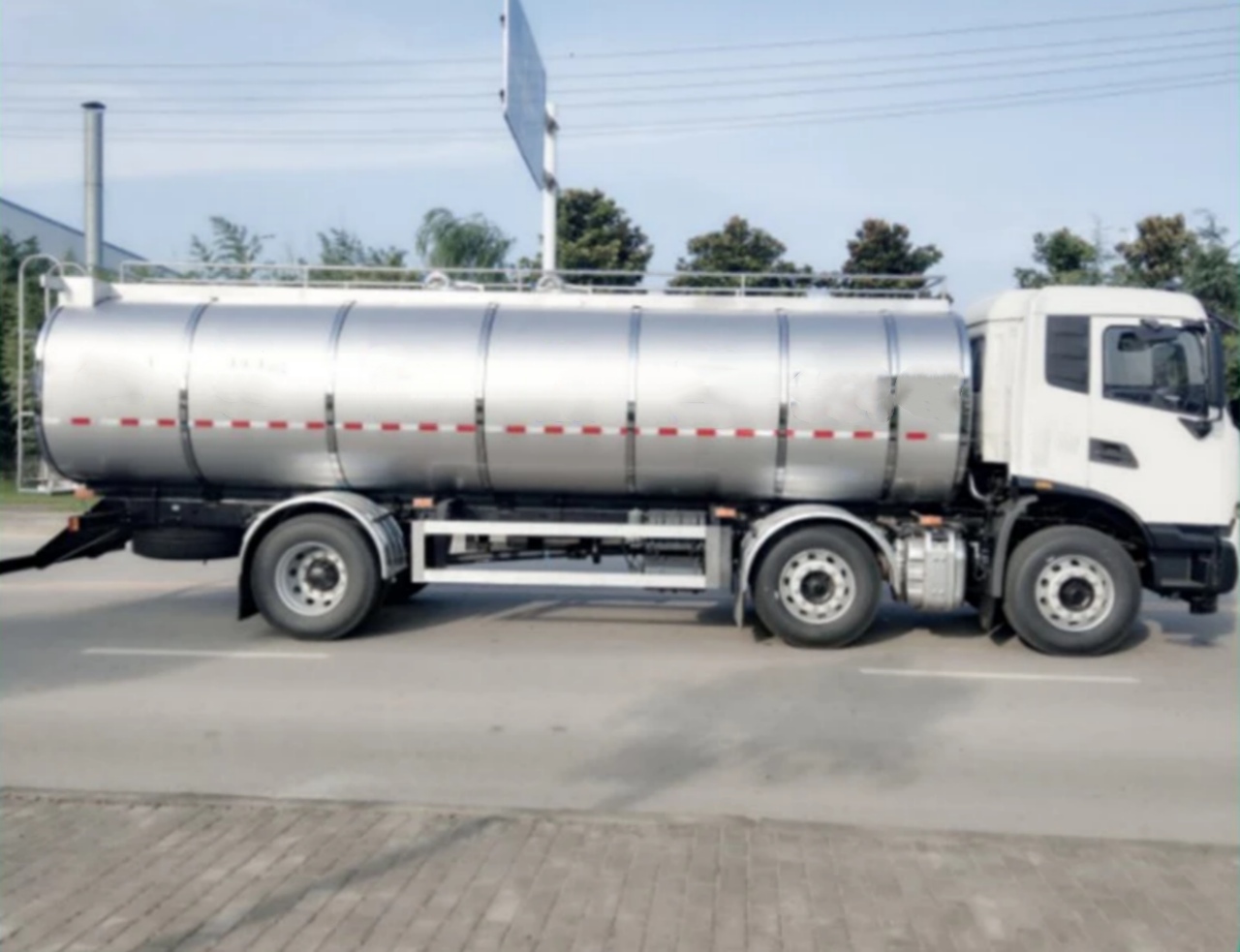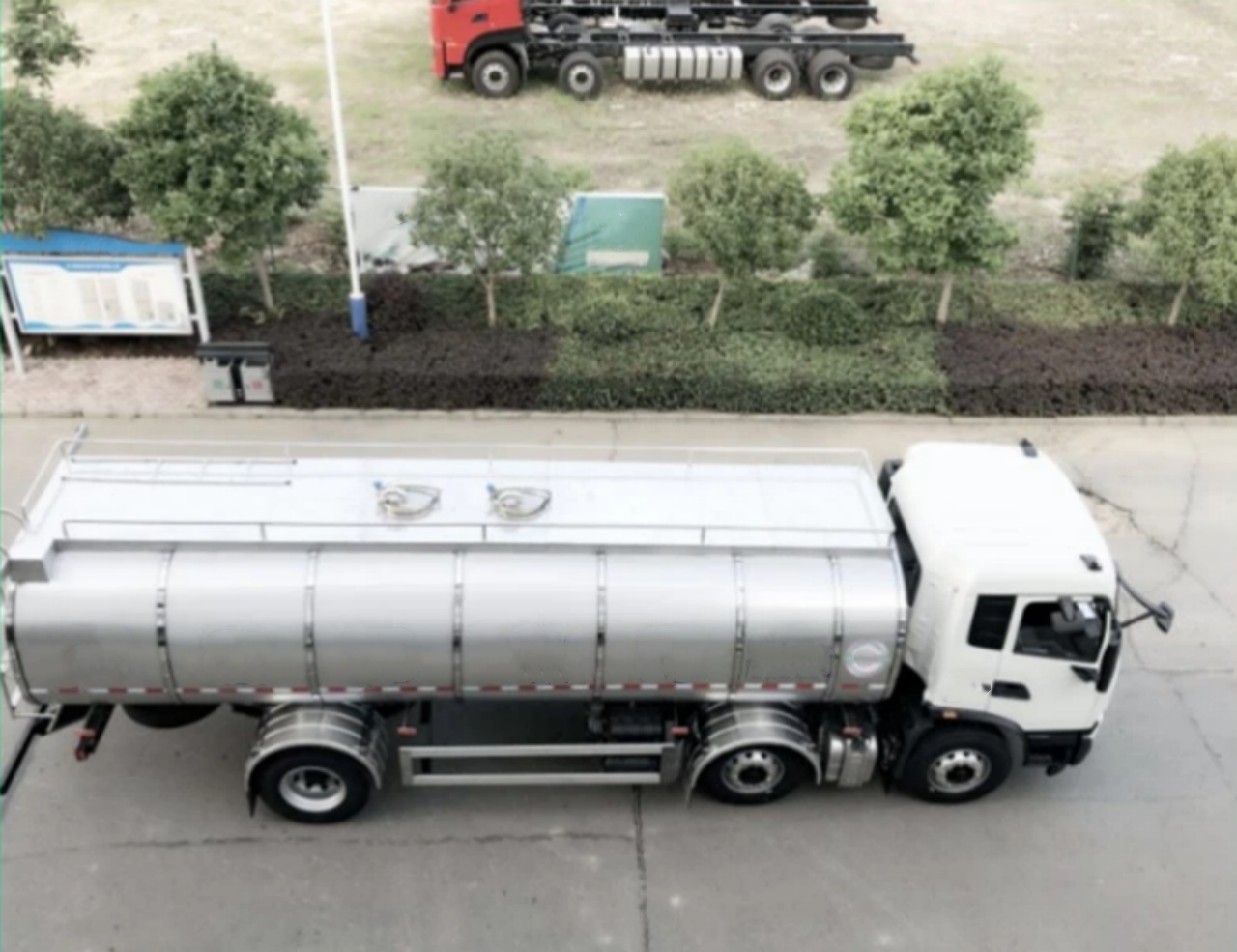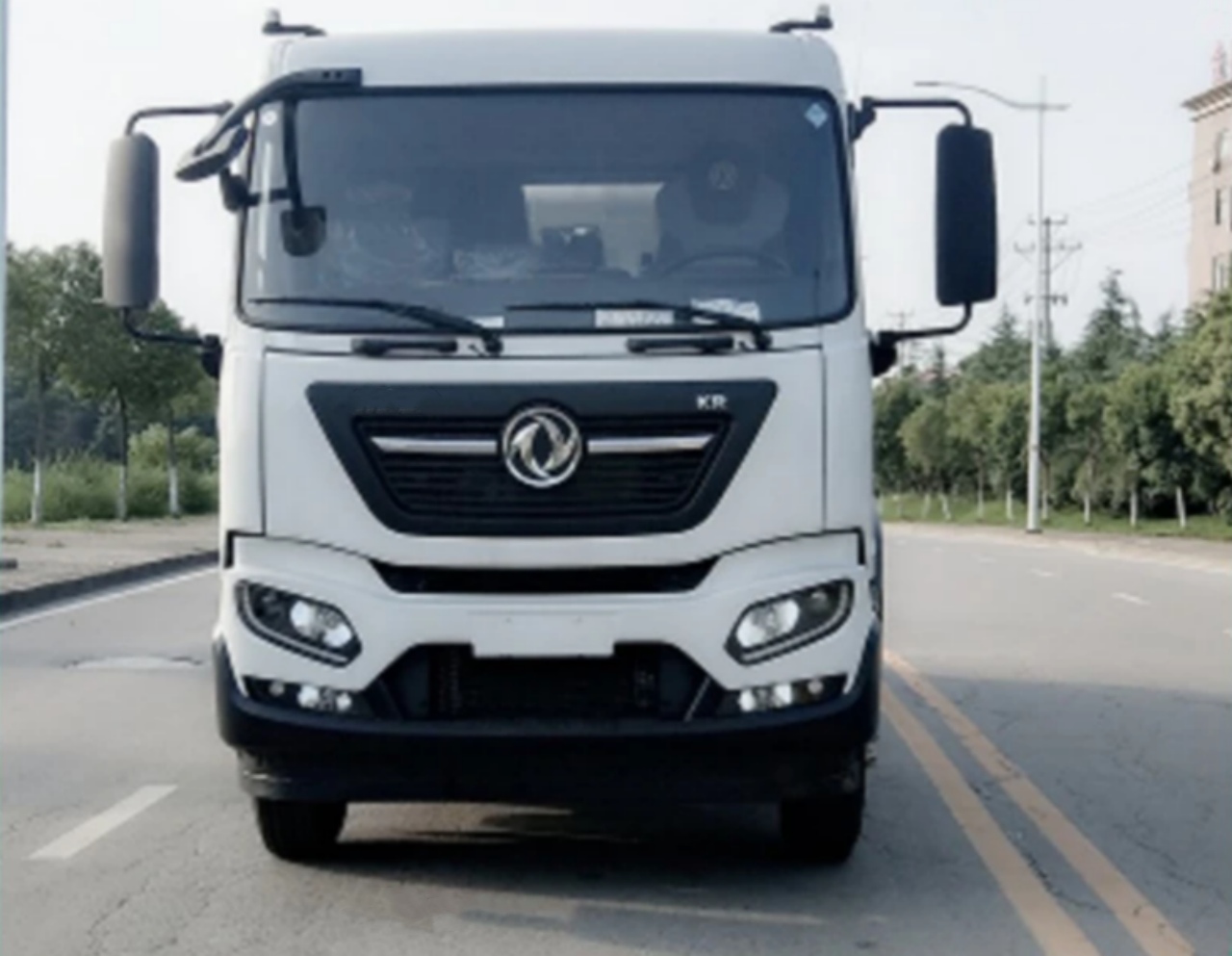Tanker trucks are a critical part of the logistics and transportation industry, designed to transport liquids, gases, or dry bulk materials over long distances. They come in various sizes and configurations, tailored to carry specific types of loads like fuel, water, chemicals, or food-grade products. One of the most common questions people have when they see these massive vehicles is: What is the capacity of the largest tanker truck?
To answer that, we’ll explore the different types of tanker trucks, what influences their capacity, and highlight some of the most impressive examples of high-capacity tanker trucks used globally.
Understanding Tanker Truck Capacity
The term “capacity” typically refers to the volume that a tanker can hold, usually measured in gallons or liters. However, when discussing the “largest” tanker trucks, we must also consider weight limitations, regional road laws, and the nature of the substance being transported (since different materials have different densities).
In general, tanker truck capacity depends on:
- Tank size and shape
- Axle count and truck configuration (e.g., semi-trailer, B-double, road train)
- Legal weight limits
- Type of product being transported
Common Types of Tanker Trucks and Their Capacities
1. Small Rigid Tanker Trucks
- Capacity: 1,000 to 4,000 gallons (approx. 3,800 to 15,000 liters)
- Used for local deliveries, such as fuel delivery to small gas stations or water supply in rural areas.
2. Standard Semi-Trailer Tanker
- Capacity: 5,000 to 11,600 gallons (approx. 19,000 to 44,000 liters)
- This is the most common type seen on highways. These trucks typically transport petroleum, milk, chemicals, or other bulk liquids.
3. B-Double Tankers (Australia, Canada)
- Capacity: Up to 13,000 gallons (approx. 49,000 liters)
- A B-double consists of a prime mover (tractor) and 2 semi-trailers connected by a fifth wheel.
4. Road Trains (Mainly in Australia)
- Capacity: Up to 20,000 to 40,000 gallons (approx. 75,000 to 150,000 liters)
- Composed of a prime mover and up to four trailers, these behemoths are the giants of the road and are mainly used in remote areas to move fuel, water, or minerals across long distances.
The Largest Tanker Truck: A Closer Look
Australia’s Road Trains: Champions of Capacity
When it comes to sheer volume and capacity, Australian road trains dominate. These massive rigs can haul up to 4 full trailers, and each trailer can carry up to 10,000 gallons (approx. 38,000 liters) depending on the configuration. That means a full road train could potentially carry 40,000 gallons (150,000 liters) of liquid.
These trucks are commonly used in the mining and energy sectors, transporting fuel to remote outback locations where there are no pipelines or railway options. The roads in these regions are wide and flat, allowing for the safe use of these enormous combinations.
Notable Example: The Mack Titan Road Train
The Mack Titan pulling a four-trailer configuration is one of the most powerful and high-capacity tanker trucks in the world. It’s powered by an engine capable of more than 600 horsepower, specially engineered for the demanding outback environment. These rigs can legally transport over 100 tonnes (220,000 lbs) of fuel or other liquid bulk cargo.
Why Not Bigger?
One might wonder: why not make all tanker trucks as big as possible?
The answer lies in infrastructure limitations, road safety, and legal regulations.
- Road Weight Limits: In most countries, trucks are limited by how much weight they can place on each axle. Exceeding this can damage roads and bridges.
- Turning Radius: Very large trucks can be difficult to maneuver, especially in urban or mountainous areas.
- Safety: Longer and heavier trucks pose greater risks in traffic, including braking distance and rollover risk.
- Environmental Concerns: More massive vehicles consume more fuel and emit more CO₂, which is why many regions restrict their use to minimize environmental impact.
Due to these concerns, the largest tanker trucks are often restricted to remote or rural areas, especially in countries like Australia, where vast, flat open roads make their use practical.
Tanker Trucks for Specific Materials
The type of liquid or bulk material being transported also affects tanker design and capacity:
1. Fuel Tankers
- Made of aluminum or stainless steel with internal compartments to prevent sloshing.
- Typical highway tankers in North America carry about 9,000 to 11,000 gallons (34,000 to 41,000 liters).
2. Chemical Tankers
- Often smaller due to the hazardous nature of the cargo.
- Reinforced with special linings to prevent corrosion.
3. Milk Tankers
- Designed to be food-grade and keep the contents cool.
- Typically hold around 6,000 to 8,000 gallons (22,000 to 30,000 liters).
4. Dry Bulk Tankers
- Though not “liquid,” these are considered tankers too.
- Used to haul products like flour, cement, or plastic pellets.
- Capacity is measured in cubic feet or cubic meters rather than gallons.
The Future of High-Capacity Tanker Trucks
As technology advances, tanker truck design is evolving to improve efficiency and capacity. Innovations include:
- Lightweight composite materials that reduce the truck’s tare weight.
- Improved aerodynamics to reduce fuel consumption.
- Electric and hybrid powertrains for reduced emissions.
- Telematics systems for load monitoring and safety.
In some regions, autonomous tanker trucks are being tested, which could one day allow for longer, more fuel-efficient journeys with fewer human drivers.
Conclusion
So, what is the capacity of the largest tanker truck?
In terms of sheer volume, Australian road trains hold the crown, with capacities reaching up to 40,000 gallons (150,000 liters) or more, depending on the configuration. These massive trucks are a testament to engineering ingenuity, designed for extreme environments where efficiency and endurance are paramount.
While not every country allows such large trucks on public roads, they serve an essential role in industries like mining, oil & gas, and remote logistics. As infrastructure and regulations evolve, we may see even more high-capacity tankers on specialized routes, pushing the limits of transportation as we know it.





